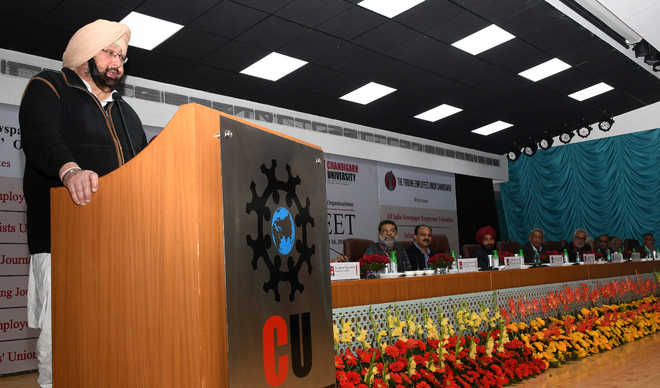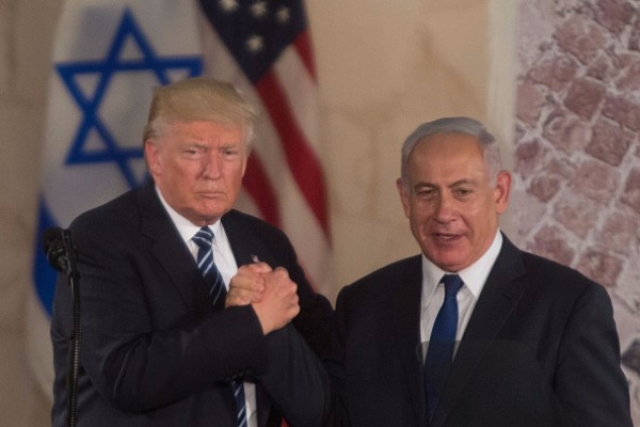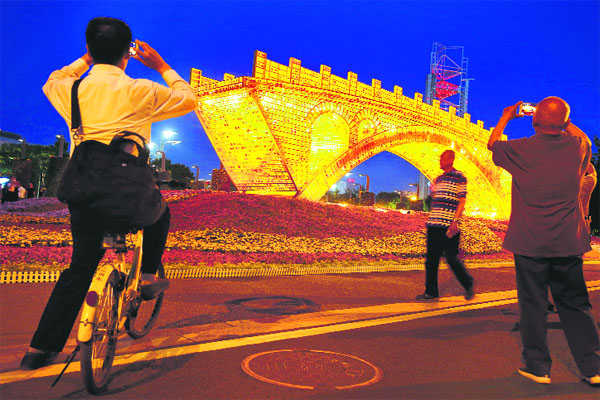The 72-day-long Doklam standoff between India and China may have ended but its effects will be felt for some time. When relationships at the border deteriorate, all kinds of issues become triggers, not necessarily for a show of arms but more for the purpose of strategic communication.
Is China Anticipating a Threat from India?
The recent crash of an Indian drone on a reconnaissance mission, somewhere along the India-Tibet border in the state of Sikkim, has upped the Chinese propaganda in the state-controlled media. The incident gave enough leeway for China to unleash its propaganda machinery and information warfare, all of which, in modern parlance, is referred to as communication strategy. The intent is to pick up such issues and browbeat India in order to curb initiatives from our side, thus granting China moral ascendancy.
Interestingly, alongside the incident of the crash of the Indian drone, there are media reports suggesting the presence of 1,800 soldiers of the People’s Liberation Army (PLA) camping at Doklam for winter, something never done in the past. China has improved infrastructure by constructing two helipads and many store sheds and prefabricated huts for winter accommodation.
Roads in the area are also reported to have been improved. Is China anticipating an Indian threat or attempting to intimidate the Indian Army and the Indian political leadership?
Is This Merely ‘Advance Winter Stocking’?
India’s patience in dealing with Doklam received international praise. In military terms, India advanced the dates for the annual operational alert of the Siliguri-based 33 Corps.
The Advance Winter Stocking (AWS) as part of the annual logistics exercise continued except for a precautionary increase in vigil. Barring the additional troops being staged forward, nothing else seems to have been done. This appears to be the correct strategy.
The presence of less than a regiment (brigade in PLA’s parlance) of the PLA in an encampment mode, no doubt, with improved infrastructure should not necessarily intimidate the Indian Army. Of course, the issue need not be trivialised to presume that all is well, because Doklam remains a serious issue between the two neighbours who are perceived to be competitors for power in their own right.
What India should be aware of and competent to deal with is the level of intimidation by China, both politically as well as militarily. In this politico-military domain, it needs to be understood that the Chumbi Valley is not necessarily the most suitable area for China to optimise its operational capability for a major showdown.
Muscle-Flexing at Doklam
The PLA’s continued presence in winter at Doklam, against normal practice, is more a political ego issue. China probably perceives that the BRICS summit at Xiamen (China) 0n 7 Sep 2017 and the 19th Congress of the Chinese Communist Party in Oct 2017 prevented China from being able to play out the Doklam standoff as per its strategy.
While India too played down the termination of the standoff and did not make any intimidating statements, the final status probably did not satisfy the Chinese. A full withdrawal of Chinese resources from Doklam would have communicated an abdication of its intent and in its perception, given India an unacceptable psychological strategic advantage.
It would probably also communicate that India was morally correct, something extremely difficult for China to accept, especially with the run of events in Asia in general.
Nations engaged in a dispute with China will take a cue from Doklam and flex their muscles, a situation that is unacceptable to Beijing. In light of this, reinforced military presence in the Doklam area would convey that China had not abandoned its quest to build the road in an area it claims its own and that the world has not seen the last of Doklam.
Strategic Engagement with China
For India, there is a need for both political and military circumspection as well as close synchronisation to read the indicators. China’s characteristic vitriol has been slightly toned down but this is likely to increase as the summer of 2018 approaches. Our military activity needs to be calibrated to the extent of being balanced with no unnecessary intimidation; we need not be overly defensive either. However, political engagement with China needs to be enhanced with specific reference to the Doklam standoff.
The circumstances post the disengagement at Doklam did not give sufficient opportunity for focused engagement as both sides parried the issue. Diplomatic niceties alongside a few barbs have continued but if Doklam is not to become a thorn once again, a more considered strategic engagement with China – political, diplomatic and military – might be needed.
To an extent, it is already happening, as is evident from the type of strategic seminars being organised in Delhi marked by the presence of Chinese academics. India’s messaging needs to be clear; there are enough border protocols for resolution of the border issue and India will abide by these – but military intimidation aiming to cause strategic disadvantage, as was attempted in Doklam, is not something India will accept.























































 HT PHOTO
HT PHOTO
 ANIL DAYAL/HT
ANIL DAYAL/HT



































































